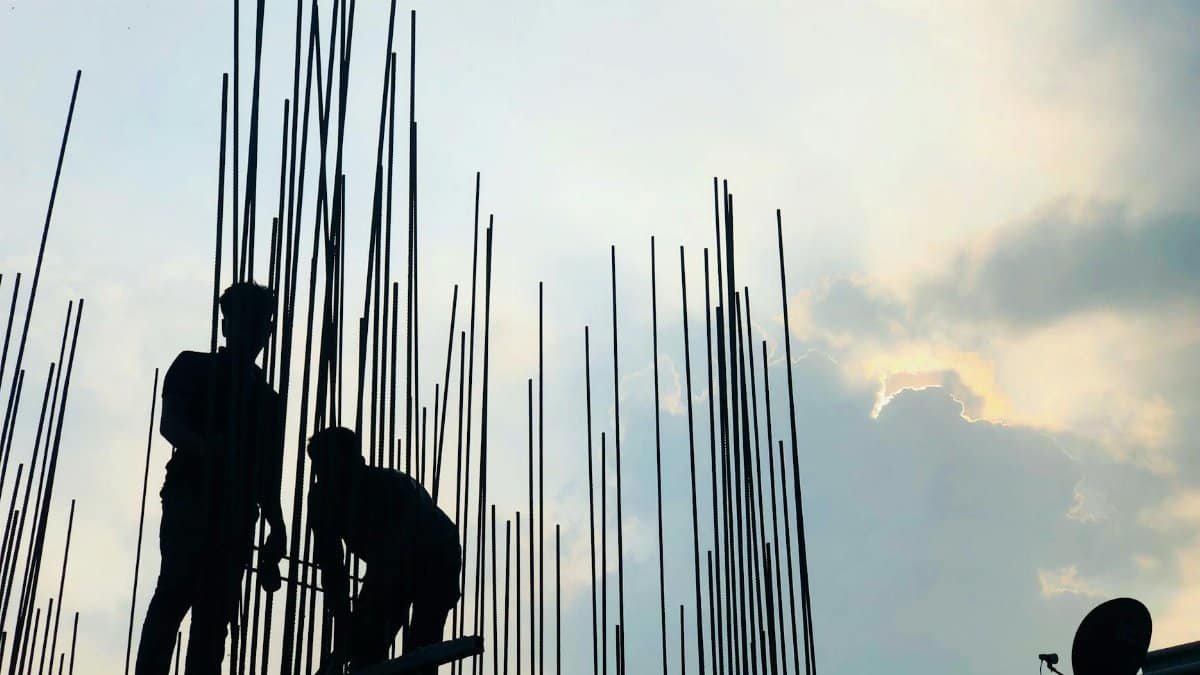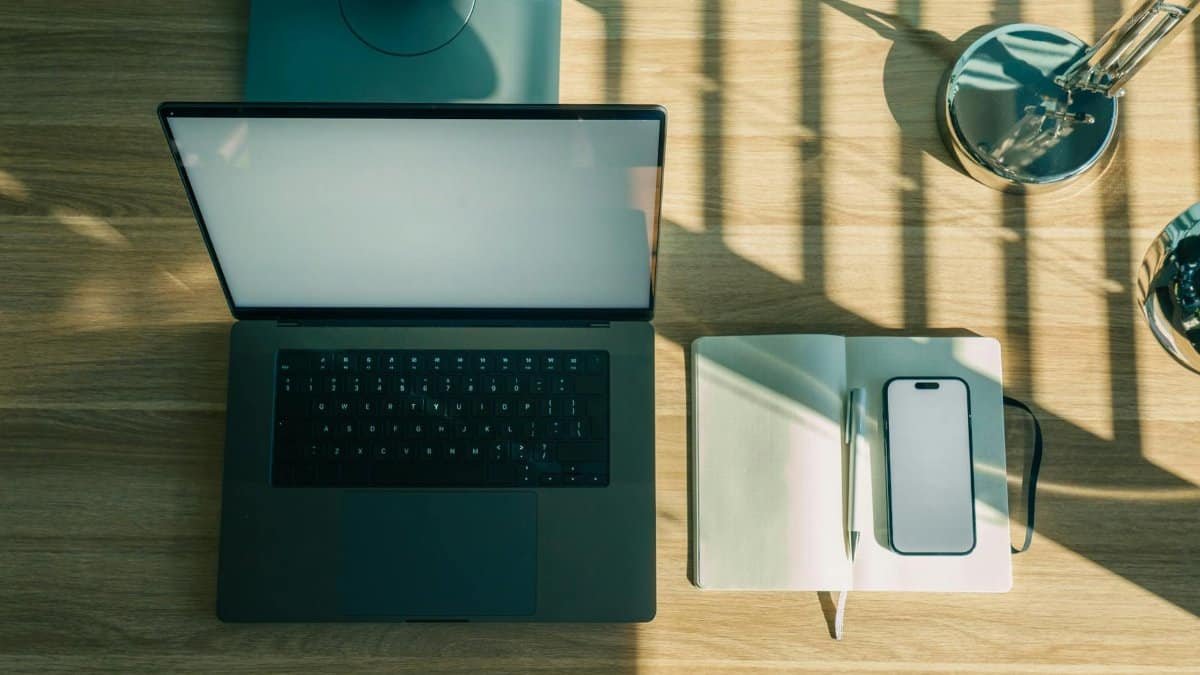In a nation where over 70 million Americans struggle with sleep disorders, mindfulness is emerging as a game-changer for exhausted workers. New data from the Centers for Disease Control and Prevention shows that insomnia affects one in three adults, hitting productivity hard in high-stress jobs. But practices like calm breathwork focus are turning the tide, helping professionals reclaim restful nights without popping pills. This approach combines deep breathing with mental centering, offering a natural path to unwind after grueling days.
The Science Behind Mindfulness and Sleep

Mindfulness isn’t just buzz; it’s backed by research. Studies reveal that regular mindfulness reduces cortisol levels, the stress hormone that keeps people awake. A 2024 meta-analysis in the Journal of the American Medical Association found that mindfulness-based interventions improved sleep quality in 65% of participants. For workers juggling deadlines, this means better shut-eye. Calm breathwork focus, a key technique, involves slow inhales and exhales to anchor the mind, signaling the body it’s time to rest. Experts say it activates the parasympathetic nervous system, countering the fight-or-flight response that plagues insomniacs.
Why Workers Are Turning to Breathwork

Corporate America is burning out. With remote work blurring boundaries, employees report more sleepless nights than ever. A Gallup poll from late 2024 indicated that 57% of U.S. workers experience job-related stress leading to insomnia. Enter calm breathwork focus: a simple tool that’s gaining traction in wellness programs at companies like Google and Apple. It’s not therapy; it’s a quick daily ritual that fits into lunch breaks. Practitioners say it helps detach from work worries, fostering a mental reset that leads to deeper sleep cycles.
Practical Techniques for Busy Professionals

Getting started is straightforward. Begin with the 4-7-8 method: inhale for four seconds, hold for seven, exhale for eight. This calm breathwork focus technique, popularized by Dr. Andrew Weil, calms the nervous system fast. Workers can do it at their desks or before bed. Apps like Headspace offer guided sessions tailored for insomnia. One user, a New York accountant, shared that after two weeks, her sleep improved dramatically, cutting caffeine reliance. It’s accessible, requiring no equipment, just commitment.
Overcoming Common Barriers to Mindfulness

Not everyone dives in easily. Skeptics dismiss it as hippie nonsense, but evidence mounts. Time constraints top the list for workers; who has hours for meditation? Calm breathwork focus addresses this with micro-sessions under five minutes. Distractions like smartphones sabotage efforts, so experts recommend device-free zones. A study from Harvard Medical School, linked here, shows consistent practice builds resilience against such hurdles, leading to sustained sleep benefits over time.
Impact on Workplace Productivity

Better sleep equals sharper focus. Insomniac workers lose an estimated $63 billion in productivity annually, per the National Sleep Foundation. Mindfulness flips the script. Companies implementing breathwork programs report fewer sick days and higher morale. In 2025, expect more firms to adopt these strategies amid rising mental health awareness. Calm breathwork focus isn’t a cure-all, but it equips employees to handle stress, resulting in alert mornings and efficient days. Real results: a tech firm in Seattle saw error rates drop 20% after mindfulness training.
Expert Insights and Real Stories

Dr. Sarah Thompson, a sleep specialist at the Mayo Clinic, emphasizes: “Mindfulness rewires the brain for rest.” Her patients, often overworked executives, swear by it. Take Mike R., a Chicago salesman who battled chronic insomnia for years. After incorporating calm breathwork focus, he sleeps seven hours straight. “It’s like hitting a reset button,” he says. Research from the National Institutes of Health supports this, with findings available here, showing reduced sleep latency in mindfulness practitioners. These stories highlight its practical edge.
Integrating Mindfulness into Daily Routines

Make it habit-forming. Start mornings with a brief breathwork session to set a calm tone. Evening wind-downs prevent rumination on work emails. For shift workers, adaptability is key; adjust timings to fit irregular schedules. Pair it with journaling to track progress. In 2025, U.S. wellness trends predict a surge in corporate mindfulness apps, making access easier. Workers report not just better sleep but enhanced emotional balance, turning chaotic lives into manageable ones.
Potential Drawbacks and Realistic Expectations

It’s not instant magic. Some experience initial frustration if results lag. Over-reliance without addressing root causes like poor diet can limit benefits. Consult doctors for severe cases; mindfulness complements, doesn’t replace, medical advice. A 2023 study in Sleep Medicine Reviews noted that while effective, consistency is crucial for long-term gains. For workers, blending calm breathwork focus with lifestyle tweaks yields the best outcomes, avoiding the pitfalls of half-hearted attempts.
Future Trends in Workplace Wellness

As 2025 unfolds, mindfulness is poised to dominate HR strategies. With burnout at record highs, expect mandated wellness breaks. Innovations like VR-guided breathwork could enhance calm breathwork focus experiences. Unions are pushing for sleep-friendly policies, recognizing insomnia’s toll. This shift promises healthier workforces, but success hinges on genuine implementation, not just lip service.
